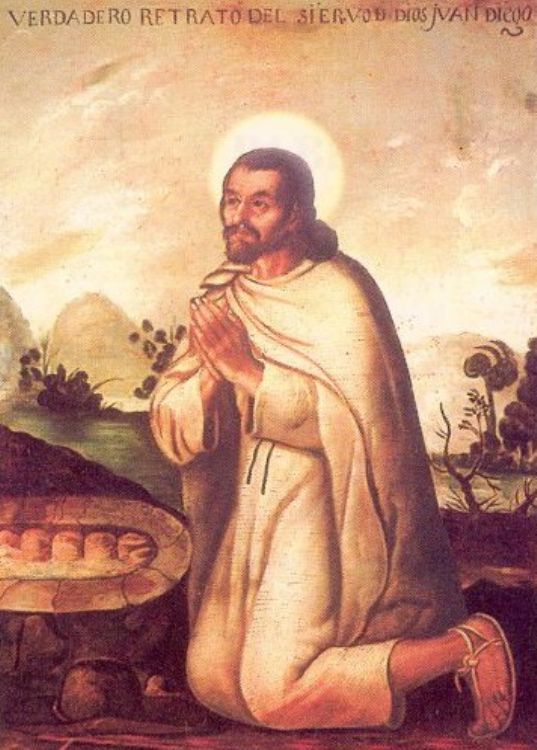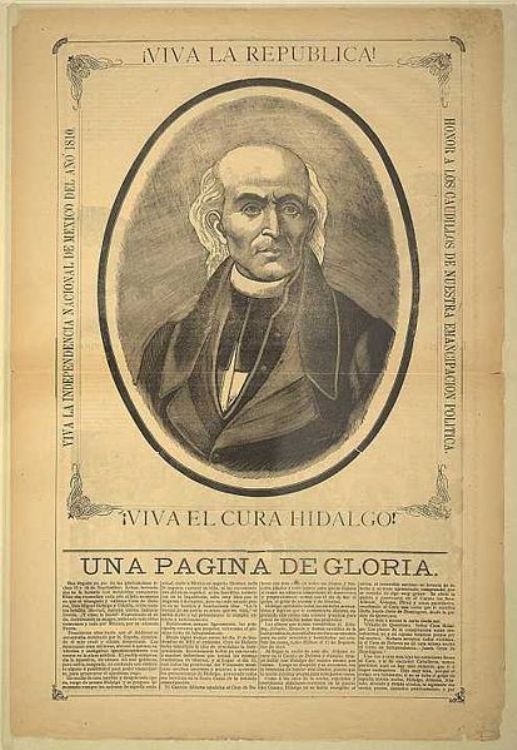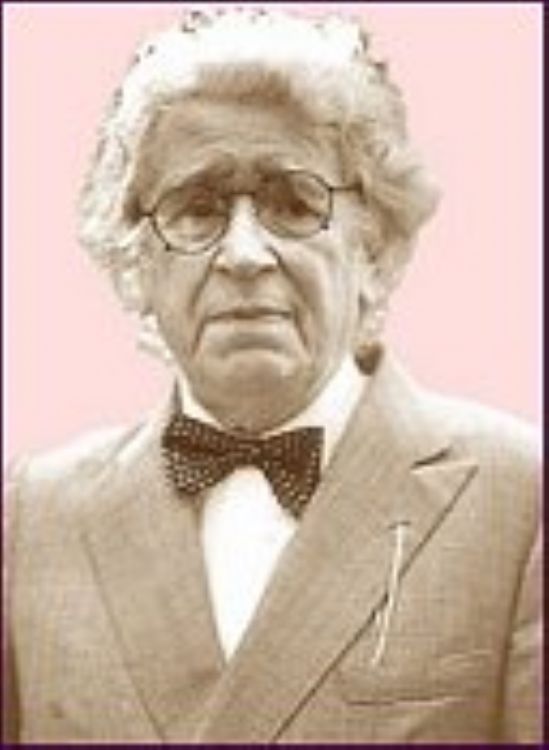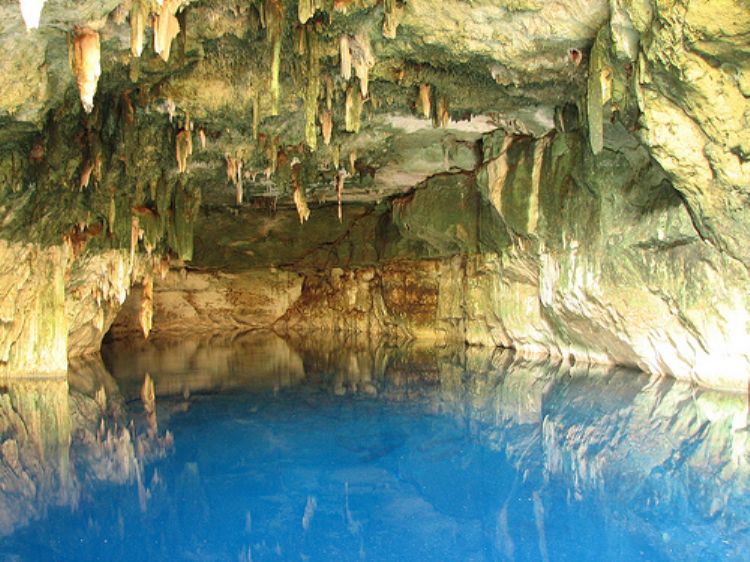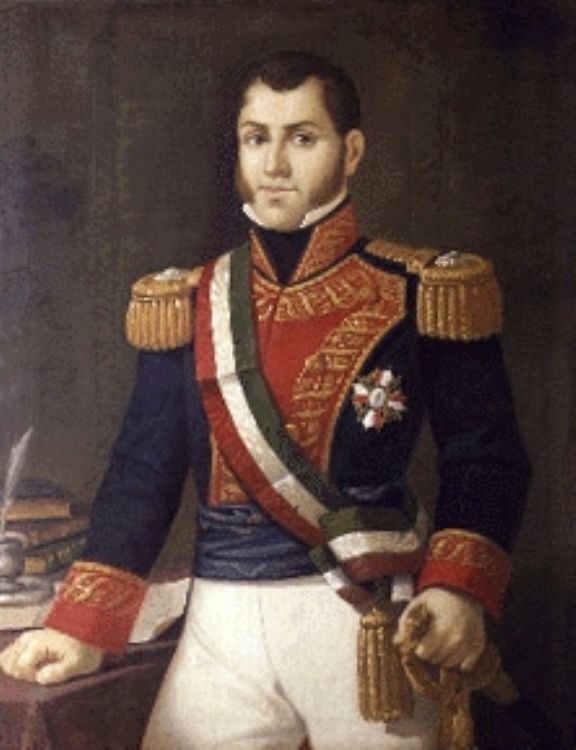Mexicoâs most famous painters
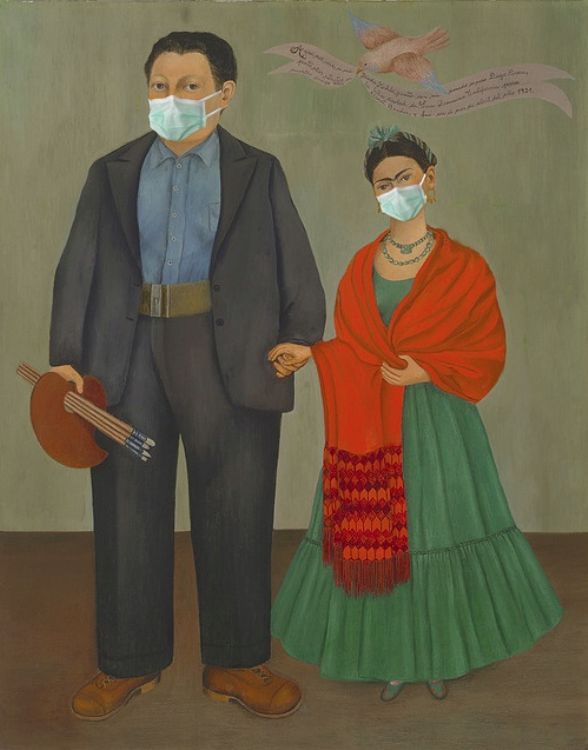
While there are many talented Mexican painters specializing in various techniques, in recent times âMuralistsâ are the most admired and widely known. Muralism is a Mexican movement from the early twentieth century that wanted their big-format works to be seen by a lot of people, hence the reason for their large size. Displaying Marxist-oriented themes given the post-revolutionary atmosphere of the time, this tendency was one of Mexicoâs most original ideas. However, art in Mexico is not limited to this kind of works and its variety is immense. Some of the best known painters were:
Diego Rivera (1886-1957)
He began his studies at the Academia de San Carlos, and then studied the paintings of artists like Goya in Spain. Later he entered the Edward Chicharro art workshop. Upon leaving there, he lived in several Latin American countries, as well as in Spain and France, and when José Vasconcelos was appointed Minister of Education, he returned to Mexico City.
He painted his first mural in 1922. Itâs located in the Simón Bolívar Amphitheater, next to the Templo Mayor Museum at Justo Sierra Street # 16. Since its creation, this painting was an influence for the Mexican Muralism movement.
One of his most important works is âSueño de una Tarde Dominical en la Alameda Centralâ(Dream of a Sunday afternoon at the Main Square) painted for the then newly built Hotel del Prado in Mexico City. After the 1985 earthquake the mural was transferred to the Museo Mural Diego Rivera (where we can see more works of this artist) which is located at Balderas and Colón, in the Centro Histórico, near the Hidalgo Subway station.
Something special is a little-known mural called âRio Juchitánâ, which is located at the Museo Centro Cultural Muros in Cuernavaca; it is thought to be the only double-sided mural painted by Diego.
Magdalena del Carmen Frida Kahlo (1907-1954)
She studied from an early age some art techniques such as Etching and Oil painting. Her career as painter began after an accident on a trolley that left her with permanent wounds, so in order to avoid boredom, she began painting. Most of her paintings were made while confined to her bed or in the bathroom.
Much of her works are self-portraits and still life themes that have sexuality hints (sometimes somewhat hidden). She uses her hair on several of her self-portraits as an element to convey her feelings to the viewer. In a strange and crude way her self-portraits were used to show the world her mood: happiness, sadness or grief as shown in âLa Columna Rotaâ(The Broken Pillar) or in the self-portait where she reflects her feelings about her husband Diego when she learned he was having an affair with María Félix.
Fortunately, many of her paintings can be seen in La Casa Azul, which is Frida Kahloâs Museum, located at 247 London Street, at the corner of Allende, in the neighborhood of El Carmen, in Coyoacán. Her work broke attendance records when shown in Bellas Artes to commemorate her birthday.
David Alfaro Siqueiros: (1896-1974)
He studied at the evening classes at the Academia de San Carlos. When he turned 18 years old, he and several colleagues from the School of Fine Arts joined Venustiano Carranzaâs Army. His military duties forced him to learn about the real situation in Mexico regarding injustice and rural life. When Carranza returned to a position of power, Siqueiros returned to Mexico City and resumed painting, later travelling to Europe where he studied Cubism and about the great Renaissance painters.
Siqueiros's political ideals influenced his career; those strong ideals led him to try to assassinate Leon Trotsky.
One of his major works, âLa Marchaâ, can be seen in the Polifórum Cultural Siqueiros. This mural was originally intended for a casino, and the initial sketches for it were drawn while he was in the Lecumberry prison. When it was finished, they searched for a building that could house the mural, which is located behind the World Trade Center in Mexico City. His work can also be seen at the UNAM (one of Méxicoâs big universities) and in Tlaltelolco.
José Clemente Orozco (1883-1949)
Contrasting with other âMuralistsâ, Jose Clemente Orozcoâs works are free of political overtones as he sought universal values. He also embodied the suffering of indigenous people. You can say that he saw muralism as a form of art that should be appreciated by every person. This great muralist, not being attracted by politics, had an almost worry-free life.
One of his works is âEl Hombre de Fuegoâ, which is painted on the dome of the Instituto Cultural Las Cabañas in Guadalajara, located at Cabañas 8, Plaza Tapatía. His murals named âJuventudâ and âTrincheraâ are in the Antiguo Colegio de San Ildefonso. He also painted two murals at the Dartmouthâs College Baker Library in addition to his work âCatarsisâ in the Bellas Artes museum.
Article produced by the Editorial Team of "Explorando Mexico".
Copyright Explorando México, All rights reserved.
Photo: Amio Cajander

